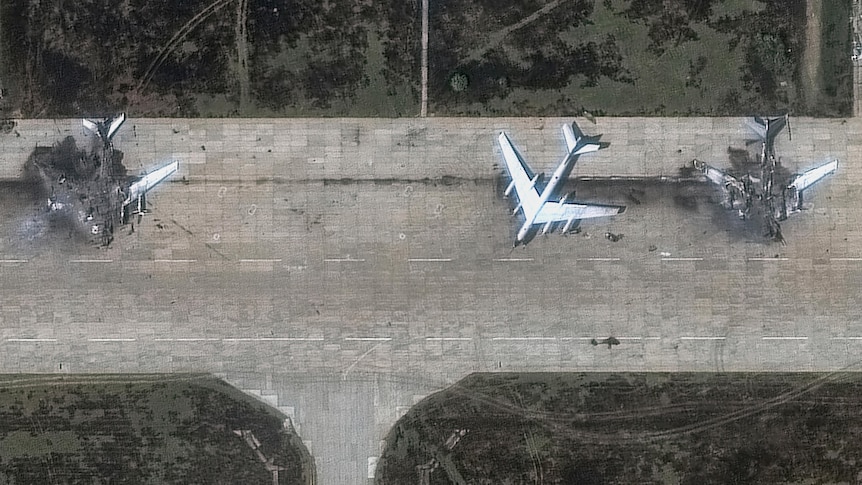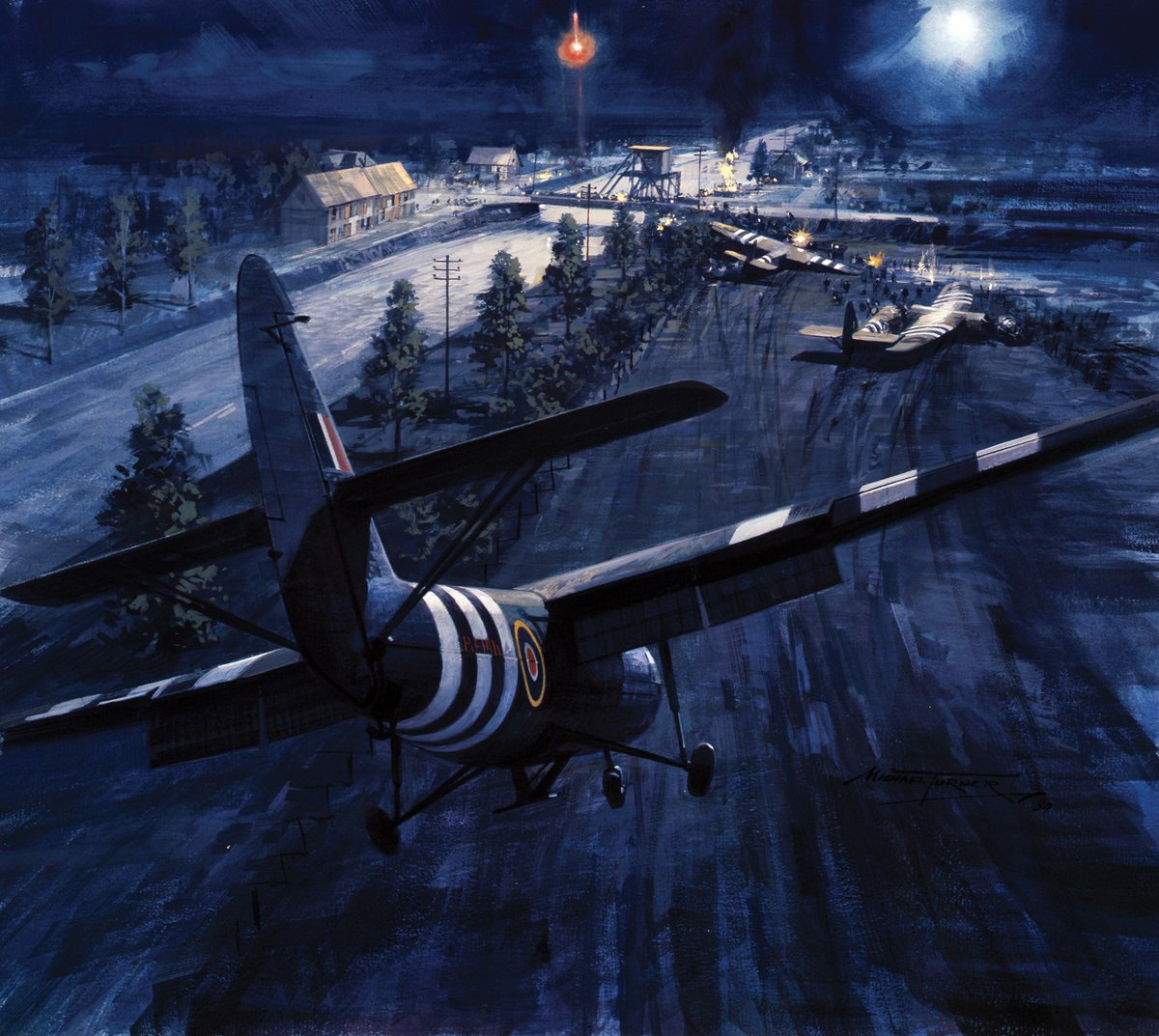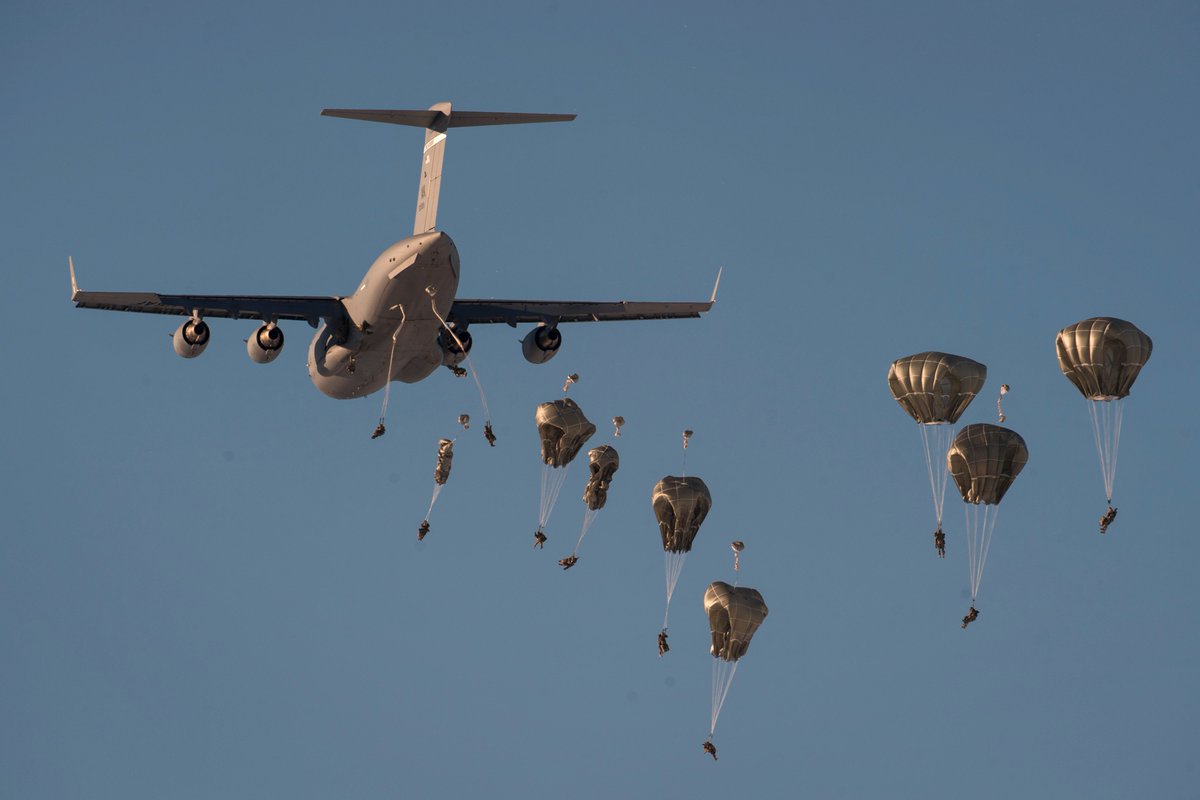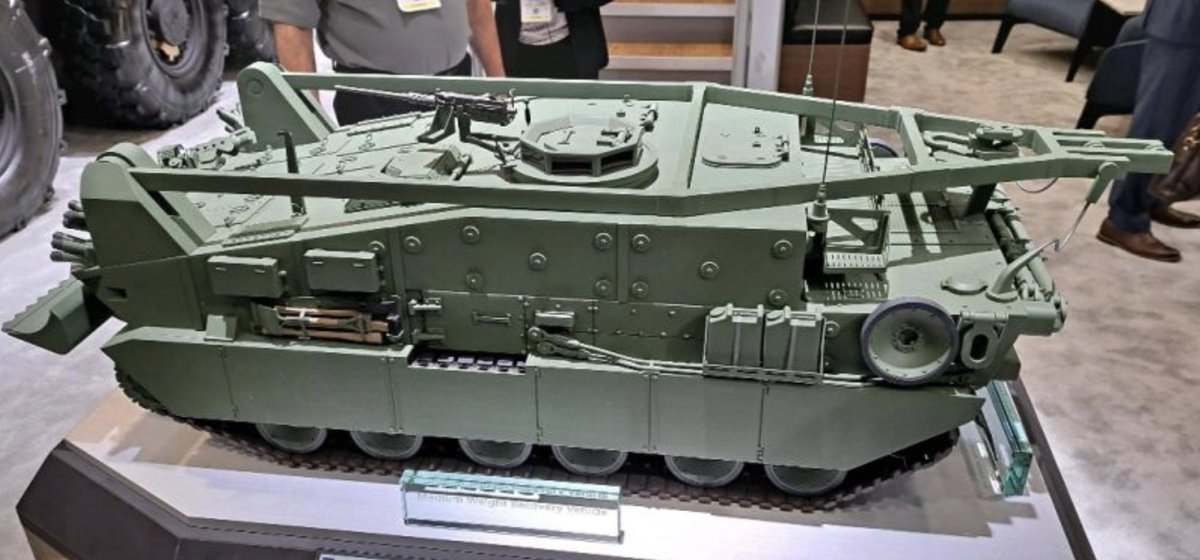In his @thetimes article today @BWallaceMP says: “For too long we have had a sentimental attachment to a static, armoured centric force structure anchored in Europe, while our competition has spread out across the globe.” What does this mean for the post-Integrated Review Army? 

Quite simply it means the Army’s plans to modernise its heavy armour force - which is the centrepiece of its Army 2025 Regeneration Plan - are dead in the water. We should expect Challenger 2 LEP and Warrior CSP programmes to be lost and possibly for Ajax numbers to be cut.
Is this a good idea? Before I offer my own thoughts, I imagine the cries of anguish from Army chiefs in Andover can be heard in Whitehall, especially as it has already told the Government it believes heavy armour has an enduring central role in potential deployment scenarios.
The Army is right, of course. Any major land conflict in Europe, Asia, or the Middle, would require forces equipped for high-end, high-intensity warfare. Put simply, the need to maximise firepower and survivability mandates heavy armour combined arms forces.
A division is the common currency of peer-to-peer deployments, because this is the smallest formation that deploys with a full complement of supporting assets, including logistics, engineers and medical units needed to support it in the field. All of our NATO allies have them.
Somehow, it is seen as a problem that we can now only afford a single division (about 25,000 soldiers), The reality is that if each NATO member contributes a single division, then together we will have about 20, which is more than enough to deter further land grabs within Europe.
If we are leaving the EU, some suggest we should adopt a more global perspective. This may be correct, but Britain’s security has been tied to that of our closest neighbours for centuries. Reducing the wherewithal to fight alongside them, sends a terrible message.
The real issue here is deployability. Heavy armour is difficult to transport and sustain. This is why most of the Army was based in Germany for 50+ years. Today, with so many other defence priorities, continuing to do this would be wasteful and limits what we can do elsewhere.
Ultimately, this means the Army must become more readily deployable. But it already knows this. It’s the vision behind Strike Brigades and acquiring more wheeled armour. Vehicles like Boxer and MRVP will enable the Army to deploy long distances by road under its own steam.
If we reduce tracked platforms like Challenger 2, Warrior and Ajax, we cannot just delete the capability they provide. How else will we seize and hold ground or degrade an enemy’s capacity to wage war? If they go, then the Army will need alternative capabilities.
We can go “all in” on wheeled armoured vehicles, but how would we fight in winter weather across extreme terrain? We would get bogged down. Hence the duality of wheeled Strike and tracked armoured vehicles. The Army knew what it was doing when it devised the Army 2025 Plan.
The problem with the Army’s plan is that it didn’t have enough money to properly implement it. Within the present resource-constrained environment the plan is unaffordable. So let’s be honest with ourselves: this is about the budget not the strategy.
In summary, the challenge for the Integrated Review is to give the Army a multi-role division that is fit for peer-to-peer warfare but also easily deployable and sustainable across other roles. This will require certain sacrifices to be made, but will also necessitate investment.
• • •
Missing some Tweet in this thread? You can try to
force a refresh





















